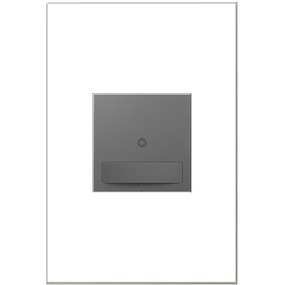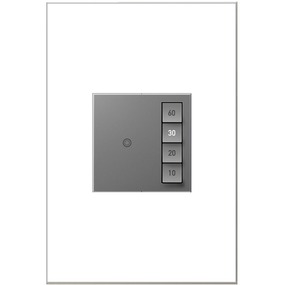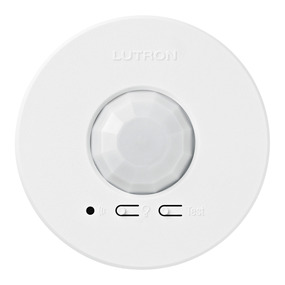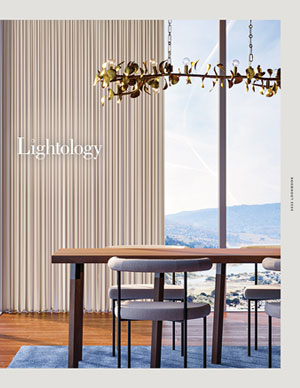Lighting Controls – Automated Controls
What types of automated controls are available?

Automated controls for lighting include motion sensors (both occupancy sensors and vacancy sensors), sound sensors, switches on the door, and programmable systems for automated “scene” settings.
These controls all fall into two basic categories – hardwired or radio signal. Hardwired is ideal if building a new home, but if you’re remodeling then radio signal is easier than needing to pull more wires through your walls.
What should I know about automated controls? Why are they useful?
Automated controls are great for so many reasons! The convenience of programmable systems is obvious – being able to hit one button to control your favorite scene in a room or home is really nice. You can also enhance your security system by tying it to your lighting – if the security alarm goes off, your lights can flash on and off, too.
There are also huge energy-saving techniques like temperature control from your mobile device, controlling your window shades with a daylight sensor, or keeping your favorite scenes at the appropriately dimmed level so that your lights are not on at their brightest all the time.
Automated controls are also perfect for closets, outdoor pathways, and both private and public bathrooms.
What is the difference between vacancy and occupancy sensors? In what rooms/situations would one be better than the other?
A vacancy sensor turns lights off in a room when there is no motion sensed for a certain amount of time, but you need to turn the lights on manually. Vacancy sensors work well in areas where you may not want the lights to automatically turn on, such as in a bedroom where you don’t wake someone up when entering. An occupancy sensor turns lights on when it senses movement in a room and off when there is no movement. This is a good option for areas where you may enter or leave with your hands full, like carrying a laundry basket into the laundry room or carrying groceries into a mud room.
Looking for more information?
Our lighting experts will be happy to make automated controls work for you.
Contact us at (866) 954-4489

Top Sellers
Maestro Multi-Location Switch with Occupancy Sensor
by Lutron
$40 - $49
Maestro Occupancy Sensor LED+Dimmer
by Lutron
$52 - $61
SensaSwitch Auto On / Auto Off Switch
by Legrand Adorne
$58 - $70













